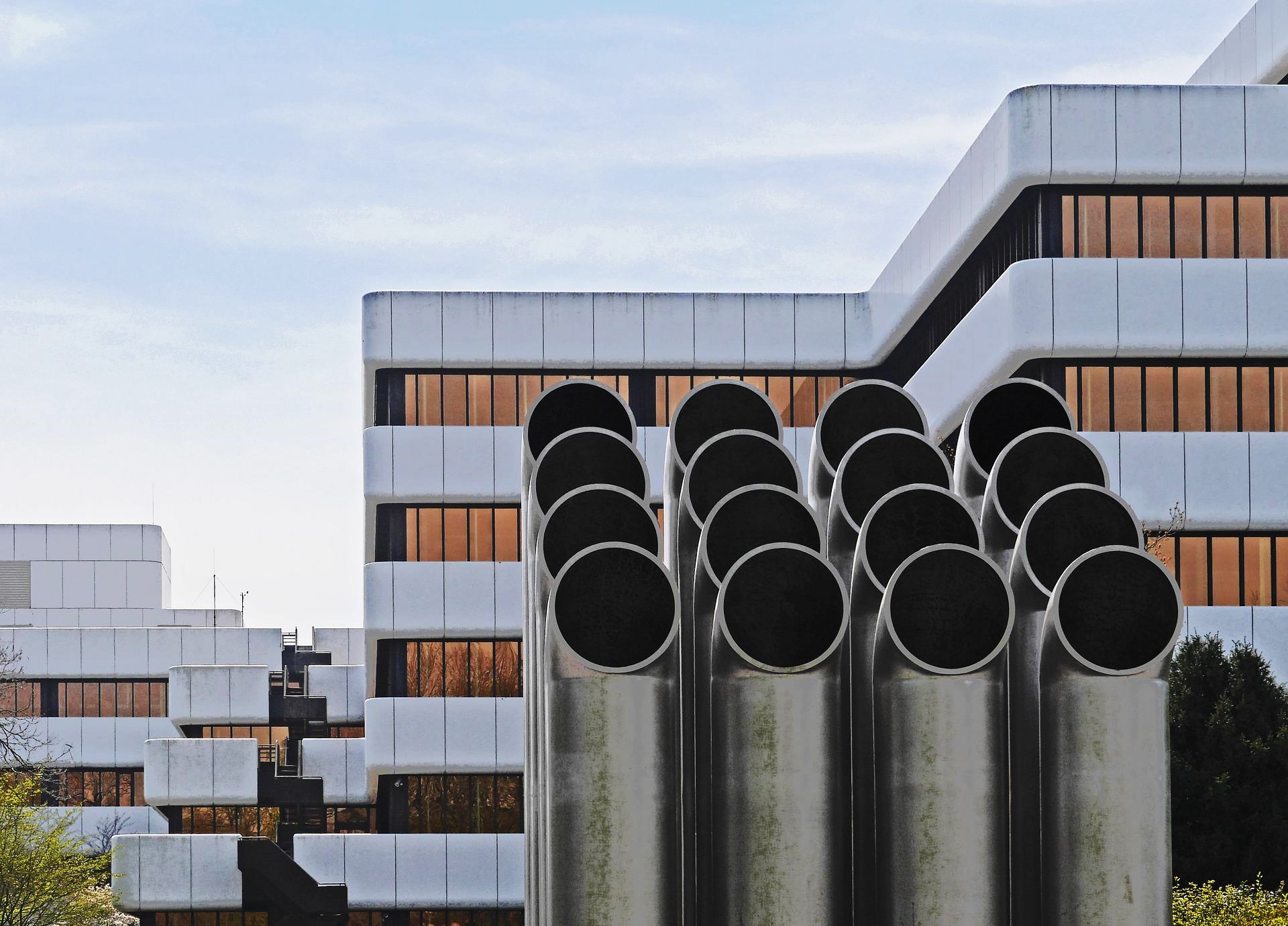Energy consumption in libraries and archives can be high due to the need for lighting, heating and air conditioning.
When it comes to set climate control strategies for library and archival collections, preservation goals must be pursued in an economically and environmentally sustainable way.
In this article we will discuss:

Energy consumption in storage facilities
Archival and library facility, even if housed in modern buildings, can consume several decades of MWh per cubic meter over a single year. In the case of historical buildings, the energy demand can be even higher, as they frequently have considerable air leakages and outdated air-conditioning systems.
In view of the climate change, the present energy loads will likely increase. Although less energy may be necessary for winter heating, an increase in total energy load is expected due to higher cooling requirements.

Passive storage facilities
Passive retrofit solutions to the building envelope should be preferred whenever possible as a sustainable measure to control the indoor climate.
If only active solutions are feasible, even slight refinements in the management of climate systems (such as allowing for intermittent use of the air conditioning systems) can help to significantly reduce energy consumption.

The compelling need for energy sustainability brought to the design of passive storage facilities.
In these low-energy repositories, temperature control is obtained through a wise combination of thermal insulation and air-tightness of the building.
Compared to traditional library and archival storage facilities, passive and semi-passive solutions can reduce the annual energy consumption up to less than one kWh per square meter.





